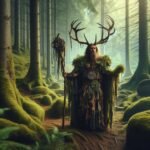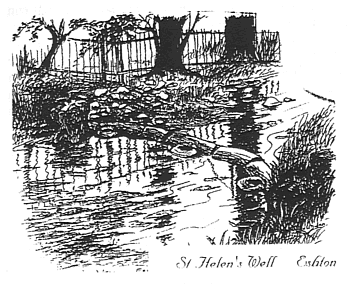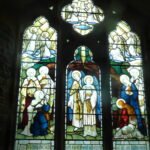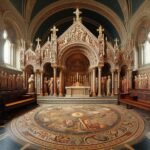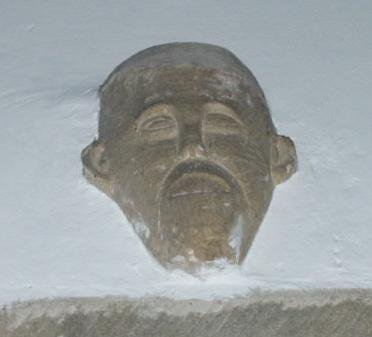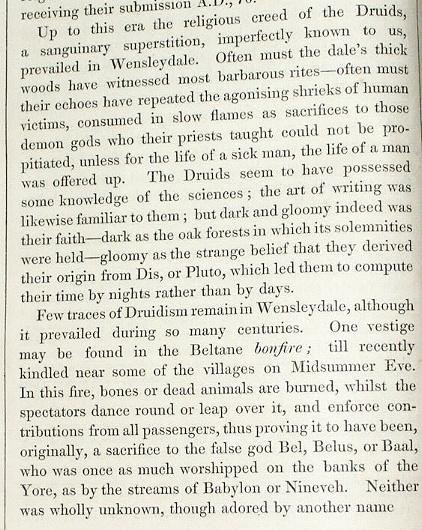Find Details:
Curse tablet addressed to the god Bregneus - Bath
This find is noteable due to its mention of a divinity called Bregneus, which potential Brigantia and also Breogan connections. But needs further work to confirm this.Type of object: Sheet/Tablet
Material: Lead
Condition: Irregular oval of hammered lead. Despite surface corrosion and damage to the edges, it is almost complete. It was never folded.
Site:‘South Wiltshire’ Roman temple
Find context: Found with No. 56 in systematic metal-detecting before the temple was excavated in 2014.
Current location: Now in the Salisbury Museum.
Notes
This tablet is briefly described in Henry et al., 90–92 with line-drawings and translation. The unnamed writer has ‘lost’ an axe, and asks that the thief be compelled to return it; and he refers to his previous ‘loss’ of a hammer.
A third inscribed tablet (SF 41431) was also found, but it remains descriptum. It is an irregular fragment, 55 by 33 mm, of a lead strip which was folded twice. Its inner face retains traces of six lines of Old Roman Cursive, now shallow and much damaged, in which a few letters such as s and t can be recognised, but no words.
Bregneo. The preceding deo (‘god’), and the word’s position in the first line, marks it as the name of a god in the dative case; the reference to ‘your’ temple (9) confirms that a god is being addressed. But the name Bregneus (nominative) is otherwise unknown, and does not relate easily to any Celtic name or title. However, compare the masculine form of ‘Brigantia’ (the eponymous goddess of the northern tribe of the Brigantes), deo Breganti on an altar from Yorkshire (RIB 623). This raises the possibility of confusion between /e/ and /i/, suggesting that Bregneus incorporates the element brigo- (‘high’) found in Brigantes and other place-names, or the element brigo- (‘valiant’) in personal names such as Brigomaglos and Briginus. But this does not warrant identifying Bregneus with Bregans, a specifically north-British god.
Bregans is the masc. form of Brigantia; see Richmond in Wheeler, The Stanwick fortifications, North Riding of Yorkshire (1954) 61.Site Gallery
Gallery Empty


